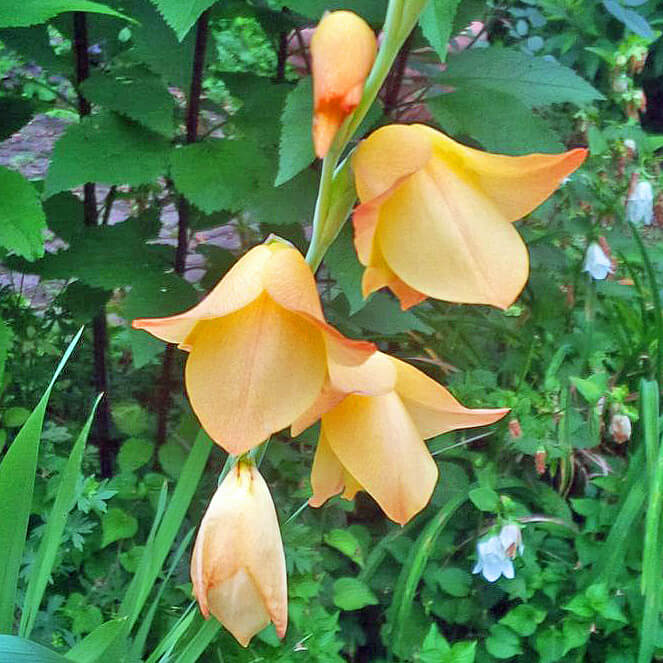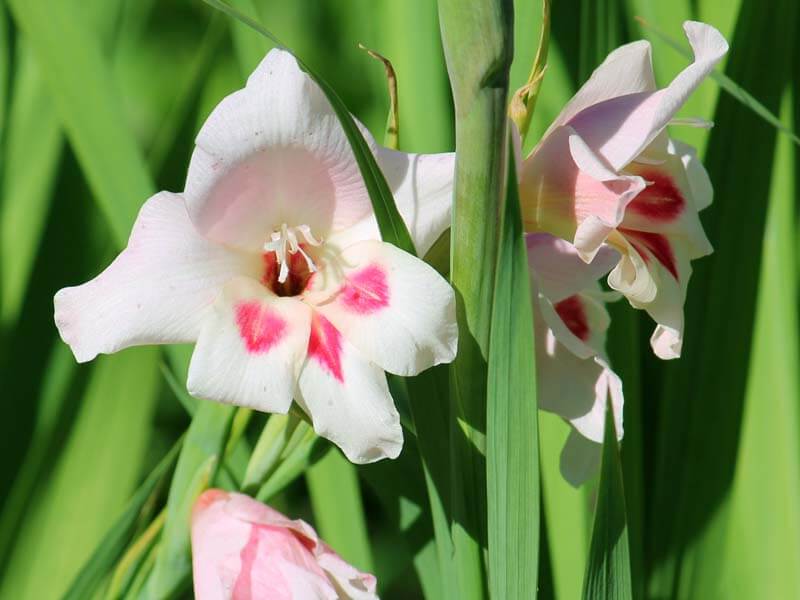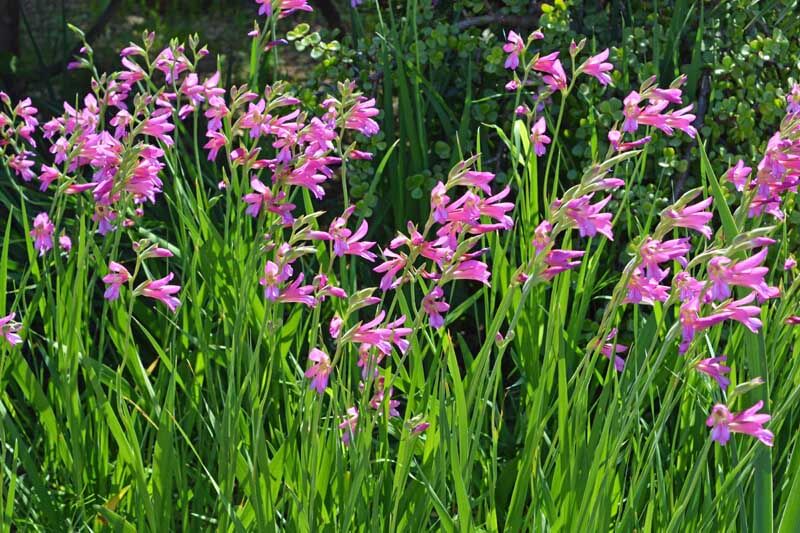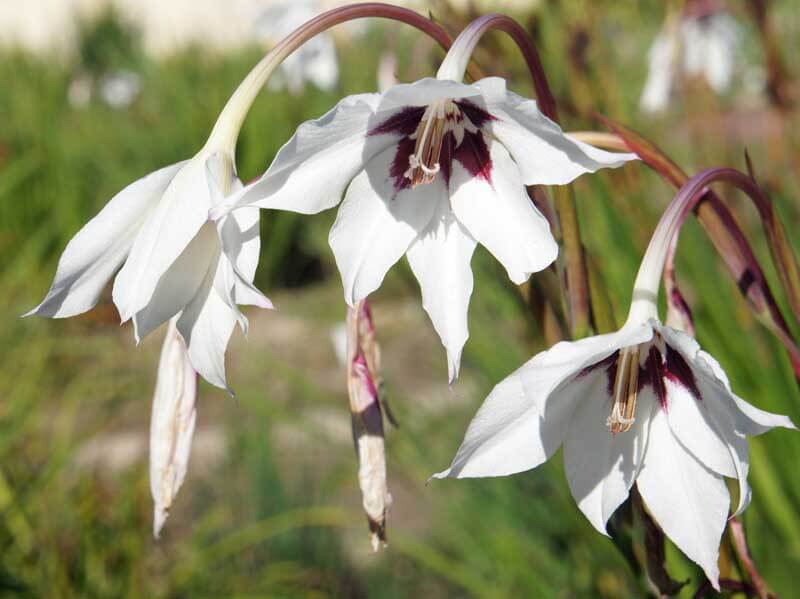
Cherry tomatoes are garden candy. In summer, my girls scour the vines daily looking for full-colored fruits at the peak of sweetness. We grow several new varieties each year for snacking and salads (this year’s pickings include ‘Blue Cream Berries’ and ‘Sunrise Bumblebee’), but there are several varieties we return to for amazing flavor and sweetness. These cherries comprise our top 10 list.

Cherry tomatoes are natural tomato variants (Lycopersicon esculentum), that are sometimes distinguished as Lycopersicon esculentum var. cerasiforme. Another popular small-fruited species is the tiniest of the tiny current tomato (Lycopersicon pimpinellifolium) with its fruits that reach the size of large peas. These, and other tomatoes, are believed to have been domesticated in Mexico or Peru, though there is an unresolved argument regarding their exact origins. Still, the popularity of cherry tomatoes among breeders, growers, and consumers is undeniable. Over one hundred cultivated varieties exist with new types being developed each year.

There are several things to consider when choosing a prime cherry tomato. Of course there’s size (from pea- to ping-pong-ball-sized), shape (cherry, teardrop, or pear) and color (red, pink, orange, ivory, purple, or near black), and disease and cracking resistance, but the more essential characteristics to select for are flavor and sugar content (degrees Brix=°Bx). And, generally speaking, the sweeter the cherry tomato, the better.
Top 10 Best-Tasting Cherry Tomatoes
1. ‘Golden Sweet‘: Touted as the sweetest and best-tasting yellow grape tomato, the indeterminate vines produce lots of glossy gold fruits that are crack-resistant, firm and meaty.
2. ‘Isis Candy‘: This is a very pretty cherry tomato with golden fruits streaked with red. They are equally delicious and sweet with a 8-9 °Bx. The vines are high-performing and indeterminate.
3. ‘Matt’s Wild Cherry‘: This is one of the sweetest of the currant tomatoes with an 11.5 °Bx. The large vines produce lots of bright red, pungent fruits so one is all you need.
4. ‘Fantastico’: Slightly elongated grape tomatoes still fall into the cherry tomato category, and the bright red, AAS-winning ‘Fantastico’ is one of the best. The glossy sweet tomatoes have a 12 °Bx and are firm, crack-resistant, and sweet. The bushy, determinate vines are also high-yielding and resistant to late blight.
5. ‘Sun Gold‘: This is the classic for cherry tomato lovers because it offers both remarkable sweet, tangy, delicious tomato flavor. The golden-orange fruits have an 8 °Bx, are borne on long trusses, and taste best when growing conditions are slightly dry. Vines are indeterminate.
6. ‘Sunpeach‘: This pink-fruited relative of ‘Sun Gold’ has super long trusses of slightly oblong fruits with excellent sweet, well-rounded flavor. The fruits are crack-resistant, and the high-performing vines are indeterminate.
7. ‘Favorita‘: The glossy, deep red, fruits have a 8.8 °Bx sugar rating and produce early. The indeterminate vines resist Fusarium wilt, Tobacco Mosaic Virus, and nematodes.
8. ‘Sun Sugar‘: The tangerine-orange fruits of ‘Sun Sugar’ are some of the sweetest, tartest, and best tasting around. The disease-resistant, indeterminate vines will stand up to fusarium wilt and tobacco mosaic virus, and they produce long trusses of crack-resistant fruits.
9. ‘Candyland Red‘: Large, rambling vines produce lots of super sweet, firm, currant fruits that are tiny and deep red. Of all the currant tomatoes available, it’s the sweetest with 12 °Bx. It is also a 2016 All-America Selections winner!
10. ‘Supersweet 100‘: The super-sized, disease-resistant, indeterminate vines can reach over 12’ and produce loads and loads of bright red and very tasty. The fruits are the least sweet of the bunch, with a 6 °Bx, but they are still very good and super prolific.

Growing Cherry Tomatoes
Before planting these or any tomatoes, amend planting beds by digging and turning the soil deeply and adding rich Fafard Premium Natural & Organic Compost Blend and organic granular fertilizer formulated for tomatoes, such as OMRI Listed Black Gold Tomato and Vegetable Fertilizer. Plant vines around 4 feet apart and mulch with a two- to three-inch layer of compost. Young plants can be planted deep, with only a couple of nodes with foliage above ground, but leaves should be gently removed from all stem parts that will be covered with soil. Indeterminate tomatoes should be fitted with large tomato cages right away. Water regularly to keep plants moist, not wet. Days to harvest vary, but plants usually begin to bear fruit 65 to 85 days after planting.
Each year I add to my cherry tomato knowledge with a new cultivar.This year’s experimental variety is Wild Boar Farm’s ‘Cream Amethyst’, which they say is mild, sweet and pure ivory with a purple blush. It may be a keeper to add to the list or a common variant with run-of-the-mill flavor. It’s always a gamble. But, if you choose from this top ten you’ll never go wrong.











